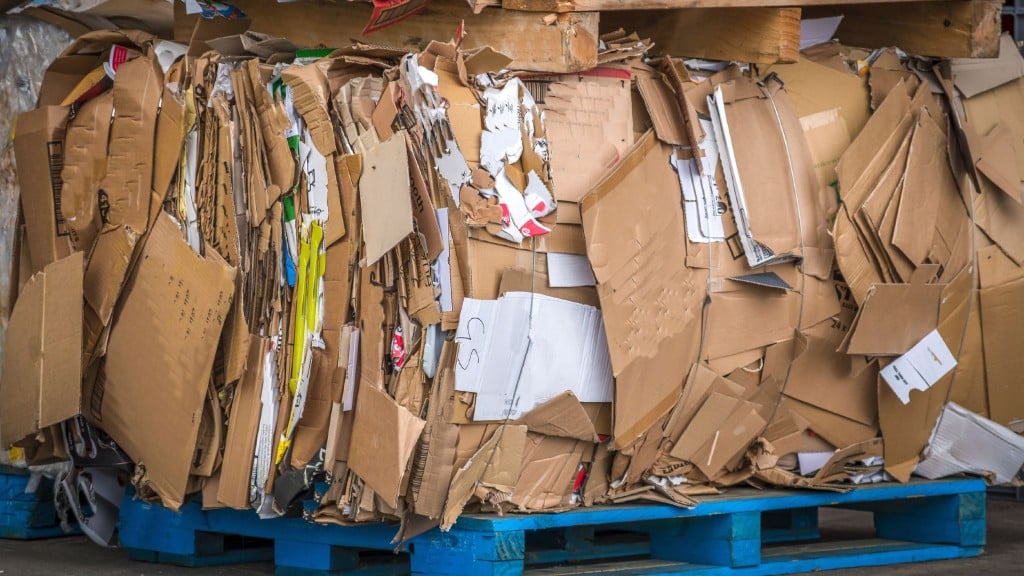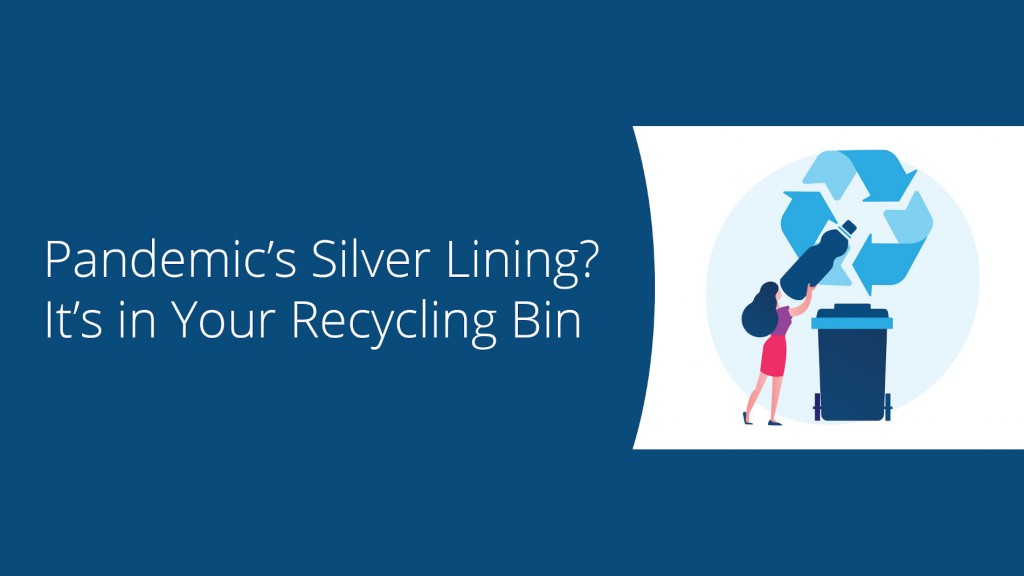Commentary: Articles about demand for cardboard boxes disregard recycling's role in supply chain

In the spring of 2021, there were several articles about the increased demand for containerboard and corrugated cardboard boxes, due to the surge in online shopping during the pandemic.
There was the Wall Street Journal's Cardboard boxes have never been in more demand—or more expensive (March 30), FOX Business' Cardboard box prices skyrocket as COVID-19 pandemic causes spike in online orders (April 8), and Business Insider's A surge in cardboard demand is causing a supply squeeze for box makers amid the online-shopping boom (May 20), to name a few.
These articles were primarily about the impacts of the increased demand on paperboard manufacturing businesses, including rising prices and shipment delays of raw materials. Yet they barely mentioned the environmental attributes of containerboard and corrugated boxes, or the critical role that recycling plays in the sustainability of the paper packaging industry. Or even worse, they provided misinformed comments about the industry.
For example, it was not until the very end of the Business Insider article that recycling was even mentioned:
Terry Webber, executive director of packaging at the American Forest & Paper Association, said in a statement that "containerboard production in March increased 9 percent compared to March 2020," when the pandemic hit the US. The AF&PA also mentioned that boxes are the most recycled packaging in the US, which can help keep the supply chain sustainable for both retailers and customers.
And while the Wall Street Journal article was accompanied by a link to a 2019 video about cardboard recycling: Where your old e-commerce boxes end up, the focus of the article was about how the production of corrugated product increased 3.4 percent to 407 billion square feet in the U.S. in 2020, with the price of containerboard increasing by $50 to an average $765/ton. It had only one mention related to recycling:
At a recent investor conference, Waste Management Inc. Chief Executive Jim Fish said more e-commerce could boost the waste hauler's recycling business, which collects cardboard curbside and sells it to be pulped anew for more boxes.
Unfortunately, neither of these articles provided any additional context to explain the importance of why recycling helps keep the supply chain - and the industry - environmentally sustainable.
But it was FOX Business' article that made no mention of the environment at all, except in a video clip that accompanied the story. In the 3-minute clip, FOX reporter Jeff Flock interviewed Andy Reigh of Welch Packaging, a corrugated box manufacturer located in Elkart, Indiana. Two minutes into the video, Flock makes a comment about "trees," and then when he throws it back to the FOX newsroom, host Stuart Varney said, "I thought all this stuff was recycled," and you can barely hear Flock say that most of it is recycled.
Not only does recycling not get the airtime it rightly deserves as part of this story, but FOX also makes comments about trees and paper products with no context or facts. If they had the facts, they would know that the sustainable management of forests is a key issue for the paper packaging industry.
Proud of a circular economy approach
PPEC is proud of our industry's circular economy approach to managing paper packaging products, which are continually collected and recycled through residential and business recycling programs across Canada, allowing them to be remade into new paper packaging.
Some key statistics:
- 94 percent of Canadians have access to recycling
- Canada recycles almost 70 percent of its paper and cardboard, making it among the top paper recycling countries in the world
- The national recycling rate for corrugated boxes is estimated to be at least 85 percent
- Ontario has a 98 percent recovery rate for corrugated cardboard
- Most of the paper packaging material made by Canadian mills is 100 percent recycled content
Not only are paper materials recyclable, they are actually being recycled in Canada - an important distinction illustrating that Canadians understand their role and do their part by actively recycling. This allows those recycled materials to be remade into new paper packaging, as evidenced by the high amount of recycled content used by mills.
And it's a similar story in the U.S. where 88.8 percent of cardboard and 65.7 percent of paper were recycled in 2020, according to The American Forest & Paper Association, who reported that those rates remained unchanged during the pandemic, calling that "a testament to the resilience of the paper and wood products industry."
Even though most paper packaging made in Canada is high in recycled content, the paper fibres it was originally made from came from a tree. But by law, every hectare of commercial forest that is harvested in Canada must be successfully regenerated. On average, over 1,000 new tree seedlings are planted in Canada every minute.
In addition, all PPEC-member mills producing corrugated box material have independent, third-party certification that their paper fibre sources (whether wood chips and sawmill residues or recycled fibres) are responsibly sourced. When you add it up, the Canadian industry hardly uses freshly cut trees to make paper packaging, and the little that is harvested (0.2 percent in 2018) is successfully regenerated.
While the media articles mentioned above tell the story about increased demand for corrugated cardboard boxes, they do not provide the full story of what happens to those boxes after they leave the manufacturing facility; they end up going to a customer, then a recycling bin, and eventually those recycled materials are remade into new paper packaging.
That continuous and sustainable loop deserves to be part of the story, with the facts to back it up, to help inform and educate the public.
Rachel Kagan is the executive director of Paper and Paperboard Packaging Environmental Council (PPEC).
This article was originally published as a PPEC blog.



